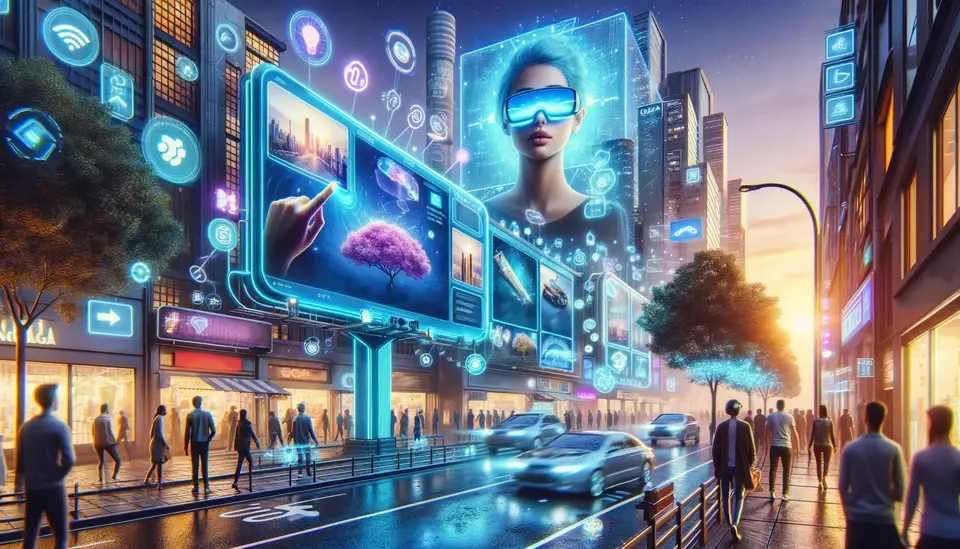Benefits of Augmented Reality (AR) for Education
Posted on April 13, 2023 3 minutes 471 words
Table of contents
Augmented Reality (AR) has rapidly emerged as a game-changing technology in various fields, from entertainment and gaming to healthcare and retail. Its potential in education is equally exciting, offering countless benefits to students, educators, and institutions alike. In this blog post, we’ll explore how AR can transform the educational landscape by enhancing learning experiences, improving understanding and retention, and promoting collaboration.
Enhanced Engagement and Motivation
Traditional teaching methods can sometimes struggle to capture students’ attention, leading to disengagement and poor learning outcomes. AR offers an interactive and immersive way to present content, increasing interest and keeping students engaged. For instance, instead of merely reading about the solar system, students can explore a 3D model of it through AR, leading to a deeper understanding of the subject matter.
Accessibility and Inclusivity
AR can cater to different learning styles and abilities, making education more inclusive. Students with special needs or those who struggle with traditional teaching methods can benefit from personalized AR experiences that accommodate their requirements. Moreover, AR can provide language support and learning aids, ensuring that all students have equal access to quality education.
Improved Understanding and Retention
AR’s ability to visualize complex concepts can significantly improve students’ understanding and retention. In subjects like chemistry, physics, and biology, AR can bring abstract ideas to life, making them more relatable and easier to grasp. Imagine students learning about molecular structures by interacting with 3D models, or understanding human anatomy by exploring virtual organs and systems.
Real-World Skill Development
AR promotes the development of essential skills like critical thinking, problem-solving, and creativity. By engaging students in real-world scenarios through AR simulations, they can practice these skills in a safe and controlled environment. For example, medical students can perform virtual surgeries, while engineering students can work on virtual prototypes.
Collaboration and Communication
AR can facilitate better collaboration and communication between students and teachers. Group projects or problem-solving tasks can be enhanced by incorporating AR, allowing students to work together and share ideas more effectively. Additionally, AR can help teachers provide instant feedback and guidance, making the learning process more efficient.
Remote Learning Enhancement
As remote learning becomes increasingly prevalent, AR can play a significant role in bridging the gap between traditional and online learning environments. AR can enhance the remote learning experience by providing interactive and engaging content that keeps students motivated and focused. Teachers can also monitor student progress remotely through AR-enabled tools and provide real-time support.
Conclusion
The benefits of Augmented Reality for education are vast and transformative. By increasing engagement, improving understanding and retention, and promoting collaboration, AR has the potential to revolutionize the way we learn. As we move forward, educators and institutions should consider embracing AR technology to provide more effective and inclusive learning experiences for all students.








